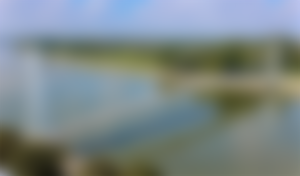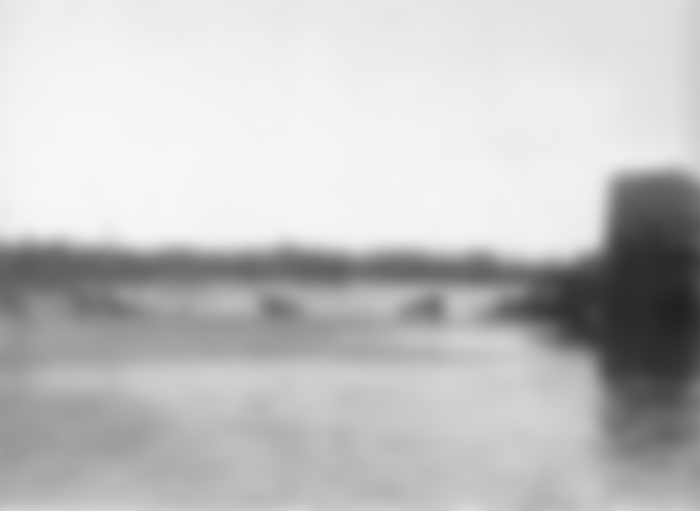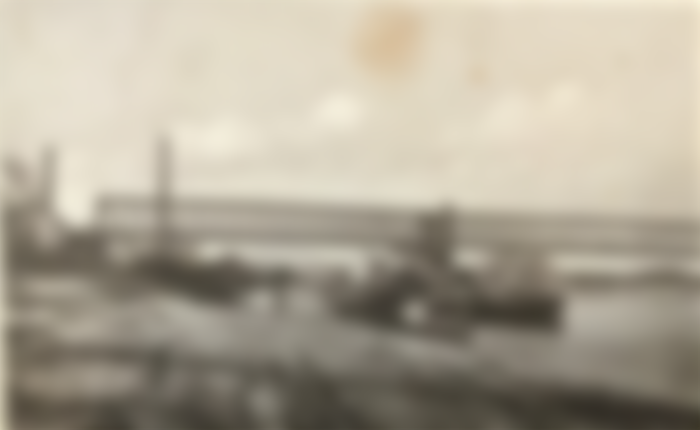Osijek is a city in the eastern part of Croatia. It is located in the plain on the right bank of the Drava River between the 16th and 24th kilometers from the confluence with the Danube. It is the largest city in Slavonia, the fourth largest city in Croatia, and is the industrial, administrative, academic, judicial and cultural center of Osijek-Baranja County.

The history of the city of Osijek is determined by its location along the Drava and the bridges that have been emerging and disappearing since the Roman Mursa according to the needs of their builders and destroyers. Bridges enabled Osijek to develop and expand, but their importance in military, traffic and trade terms in the Middle Ages was both an advantage and a disadvantage.
The biggest problem has always been how to bridge this fast and capricious river. It is no coincidence that the bridge is shown on the coat of arms of the city of Osijek.

The first bridge was built by the Romans in 236, located in the extension of today's Huttlerova Street, in the Lower Town, it was a stone-wooden bridge, which was destroyed in the 5th century, when the Roman Mursa collapsed.

As many as four bridges were built in Osijek during the rule of the Ottoman Turks, the most famous of which is Sulejman's bridge, from 1566. That pontoon bridge lasted 120 years, was eight kilometers long and was called the eighth wonder of the world. In Europe at the time, it was also known as IL FAMOSO PONTE DI ESECK.


After the expulsion of the Turks, a wooden bridge over the Drava was built in 1779, which was in the hands of the Hungarian Court Chamber. The court chamber charged the citizens for the use of the bridge and the collection of tolls was given in concession to private persons, while maintenance was poor. Such a situation led to the demolition of the bridge in 1821, after which the county ordered its urgent repair, and scaffolding was organized as a temporary replacement. Repairs to the bridge were completed in 1825 only to collapse again in 1840. The following year, the Chamber erected a temporary bridge, but its existence was marked by uncertainty and accidents, which were persistently complained about by the county government.

In 1872, a new wooden road bridge was built, which was completely modernized in 1911 on masonry pillars and with an iron structure, but unfortunately demolished during the Second World War.


With the arrival of the railway, it is finally the turn of the most important, the railway bridge. In 1864, the construction of new bridges over the Drava for railway and road traffic was approved, but it was requested to wait until the tracing of the future railway was completed. In 1870, a special wooden railway bridge was built, which was slightly lower than the existing road bridge, and due to its height, it interfered with the passage of steamships at high water levels, which further endangered navigation on the Drava. And most importantly because of its wooden construction this railway bridge was not adorned with great safety and it was no great surprise that a great tragedy soon followed. Namely, the wooden structure of the railway bridge collapsed in 1882, together with a composition full of Austro-Hungarian soldiers (hussars) returning from some military maneuver.


Only two years later, in 1884, a new bridge was built in its place, this time of iron construction, which lasted a little longer, but unfortunately it was also demolished in World War II. In 1945, Osijek was left without its bridges, so for the first time the railway bridge was somehow made up of three parts, and since then it has taken over road traffic until 1962, when a new road bridge was built on the pillars of the old road bridge.

In 1977, the old railway bridge was finally renovated, and in 1980 a suspension pedestrian bridge was built, near the newly opened Copacabana beach, which still adorns the view of Osijek and completes its visual identity. The last blow of the destructive twentieth century was felt by the whole of Osijek in 1991, when the road bridge from 1962 was mined. The construction of the new (old) bridge began in 1993 and was completed and officially opened in 1995.


Not so long ago, Osijek got another bridge near Višnjevac as a component of part of the bypass, and if the plans for the future come true, bridge construction will not end there either. The newest bridge was built near Josipovac, but unfortunately it is still not in function for the simple reason that the highway through Baranja to the Hungarian border has not been completed ....
















